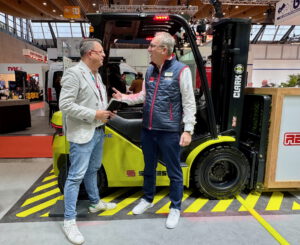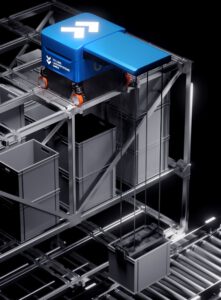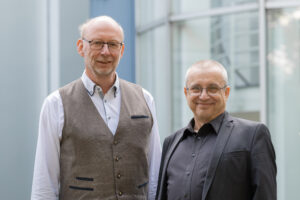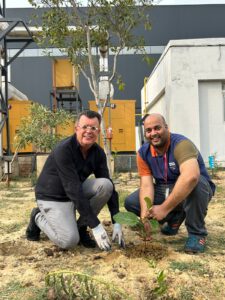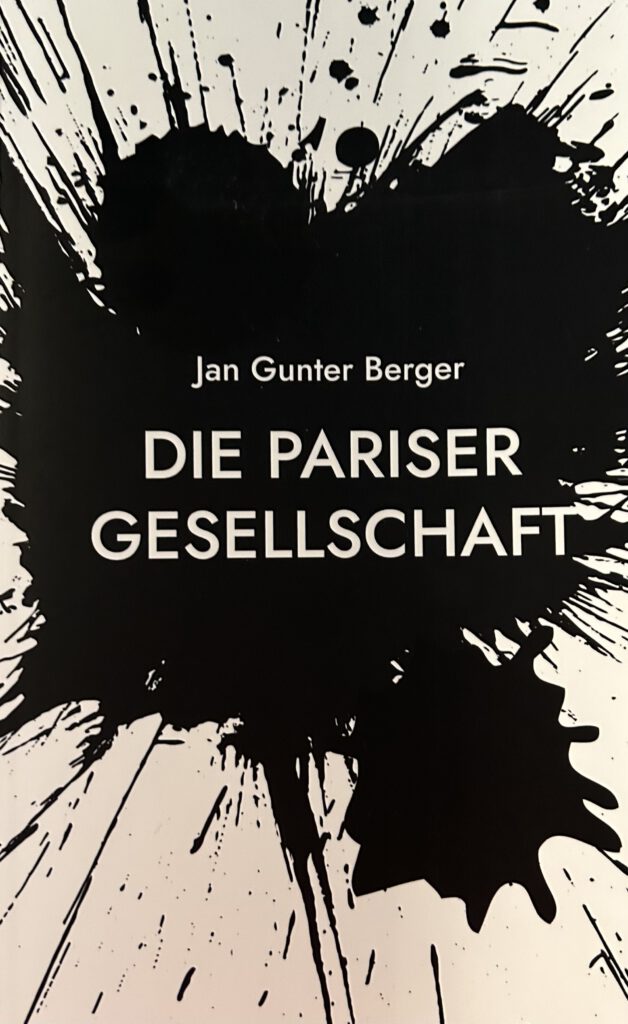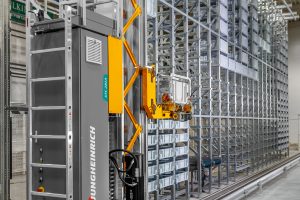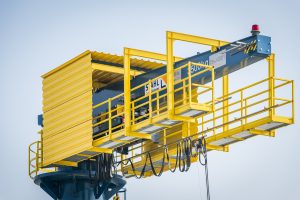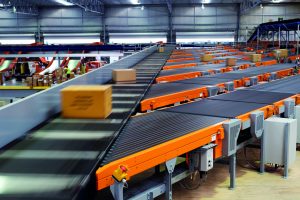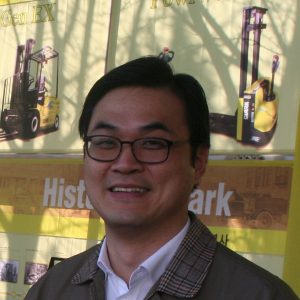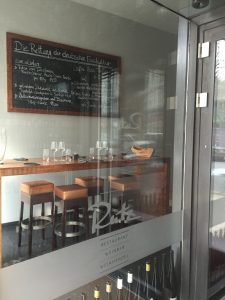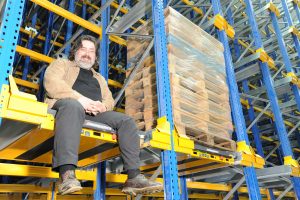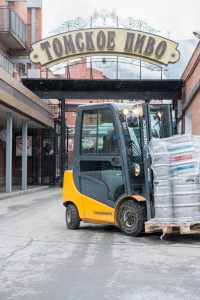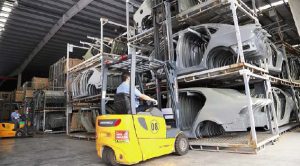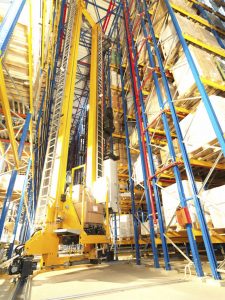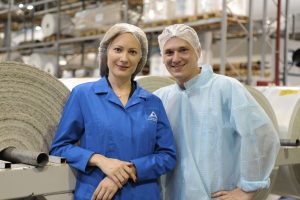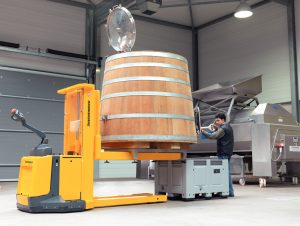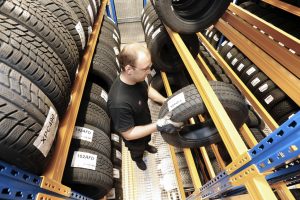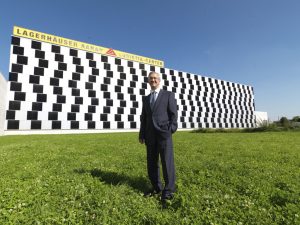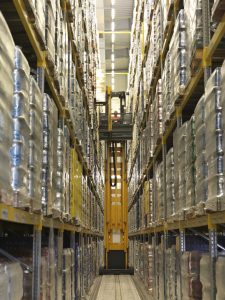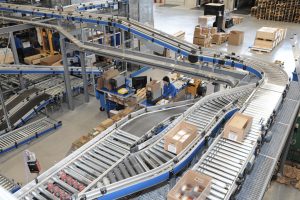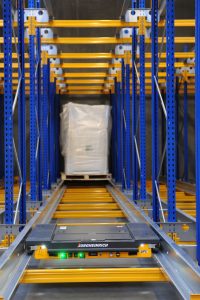
Canada’s Commercial & Multi-residential Real Estate Market: A Reckoning and a Reset
The Canadian commercial real estate (CRE) market has entered a defining moment. After nearly two decades of tailwinds — cheap capital, rising asset values, and a stable political backdrop — 2025 is shaping up as the year of uncomfortable truths and overdue adjustments.
Higher interest rates, shifting demand, and structural changes in how we use space have converged to test owners, developers, and lenders like never before. But amid the headlines of distress, there’s also a quiet, disciplined repositioning that could lay the groundwork for a healthier market ahead.
Key Themes for 2025: A Reality Check
Across both commercial and Multi-residential, the cost of capital is the big story in 2025. Deals that made send at 2% money don’t work at 5% or 6% debt. Landlords and developers are trimming leverage, underwriting more conservatively, and seeking patient capital.
The strongest segments – industrial and multifamily – remain core allocations for institutional money. Meanwhile, office is sorting out what gets saved and what gets repurposed. Retail, at least the necessity-driven part, has emerged as a quiet winner.
Canada’s Office Market: The Reset Is Here to Stay
The office market is the clearest sign of structural change. National vacancy rates hover near record highs — Toronto, Vancouver, and Calgary’s downtown cores are grappling with the reality that hybrid work is here for the long term. Tenants hold all the negotiating power, and landlords are spending record sums on tenant incentives and renovations just to stay competitive.
The bright side? Obsolete towers are finally being reconsidered for conversion or redevelopment. Office-to-residential and mixed-use transformations — once seen as niche — are becoming mainstream planning tools for cities facing housing shortages. It won’t be easy, but adaptive reuse will be part of the answer to downtown revitalization.
Canada’s Grocery-Anchored Retail: A Beacon in a Shifting Market
In a commercial real estate market wrestling with higher borrowing costs, shaky demand in some sectors, and a sweeping rethink of how we use space, one asset class has quietly demonstrated remarkable resilience: grocery-anchored retail.
While offices hollow out and new multifamily supply stalls under construction cost pressures, well-located necessity-based retail has emerged as a durable safe-haven for both institutional and private investors — and it’s drawing renewed interest precisely because of what it isn’t: discretionary, cyclical, or easily replaced by e-commerce.
A Defensive Darling
Canadian shopping habits have shifted, but the fundamentals behind grocery-anchored retail remain solid. People still need food — and they still value convenience. Anchors like Loblaw, Sobeys, Metro, and Costco continue to generate stable foot traffic for adjacent shops and services, making these plazas more resilient than enclosed malls that rely heavily on fashion or entertainment tenants.
Vacancy rates in this subsector remain among the lowest in Canadian retail. In many markets, well-positioned grocery plazas even boast waiting lists for local medical offices, clinics, or quick-service restaurants wanting proximity to daily needs traffic.
Interest Rates Still Bite
That said, these assets aren’t immune to the broader reset. Elevated interest rates have pushed up cap rates slightly and squeezed highly leveraged owners — especially those who bought at aggressive pre-2022 valuations. New developments are also constrained by construction inflation, zoning hurdles, and tighter debt markets.
However, unlike office or regional mall landlords, grocery-anchored owners are still seeing rent growth and stable renewal spreads. Well-leased assets with credit tenants continue to attract institutional capital, albeit at slightly repriced yields.
Why Investors Still Want In
For pension funds, REITs, and private equity, necessity-based retail aligns perfectly with the search for steady, income-producing assets in uncertain times. Long-term leases with strong covenant tenants like major grocers mean predictable cash flow.
Moreover, grocery-anchored sites often sit on large, underutilized land parcels in suburban or urbanizing corridors — offering future redevelopment or intensification potential. Many landlords are looking at layering in new mixed-use components: think stacked residential above a modern grocery anchor or pad sites for medical or service-based tenants.
An Anchor in the Storm
Canada’s commercial real estate market is correcting — and that’s healthy. But grocery-anchored retail stands out as a sector that still makes sense on a spreadsheet and in daily life. When people must cut back, they won’t skip the grocery store — they’ll skip the luxury handbag or the fifth streaming subscription.
For investors, these properties are no longer boring — they’re back to being the bedrock: steady, income-producing, defensive, and ready to evolve with the neighborhoods around them.
In an era when certainty is scarce, necessity retail is living up to its name
Canada’s Purpose-Built Rental: The Safe Haven with a New Reality
In a Canadian commercial real estate market rattled by higher interest rates and shifting demand, few asset classes have kept investors as steady — and as hopeful — as purpose-built rental housing. Yet even this once-untouchable darling is being forced to adapt as today’s financing realities collide with an undersupplied housing market that can’t afford a slowdown.
A Chronic Undersupply — and a Demographic Tailwind
Canada’s fundamentals for rental housing remain ironclad. Population growth is outpacing all forecasts, driven by strong immigration and an influx of international students. Homeownership is increasingly out of reach for many middle-income households, pushing more Canadians to rent for longer — or for life.
Purpose-built rental is no longer a second-tier product behind condos; it’s becoming the core of urban housing supply. In major cities like Toronto, Vancouver, Montreal, and Calgary, rental vacancy rates hover near historic lows, despite new completions that barely scratch the surface of demand.
The Financing Squeeze
But here’s the tension: building new rental housing has never been more needed — and rarely more difficult to pencil.
Rising interest rates have doubled or tripled debt service costs for developers. Construction costs remain stubbornly high, from materials to labour. Meanwhile, rising land prices and lengthy municipal approvals eat into already thin margins.
The result? Many developers have shelved projects that simply can’t hit feasible returns in today’s higher-rate environment. Even institutional players — long the backbone of purpose-built rental — are being more selective, pushing for lower land costs or waiting for more meaningful rate cuts to unlock new supply.
Holding Strong: The Existing Stock
Existing purpose-built rental stock, however, remains incredibly resilient. Occupancy is robust, rents are rising, and cash flows are sticky. Well-managed buildings in strong urban nodes are still drawing capital, especially from pension funds and life companies hunting for stable, inflation-hedged income streams.
This is why we continue to see major transactions for stabilized assets — and why new entrants keep looking for off-market opportunities to aggregate portfolios at scale.
Policy Is Trying to Catch Up
Governments have responded to Canada’s rental housing crisis with a flurry of incentives: GST rebates on new rental construction, expedited approvals for rental intensification, and funding for modular or student housing. But meaningful impact depends on execution at the municipal level — where approvals still drag, community opposition can be fierce, and political will to increase density is uneven at best.
Without real planning reform and faster permitting, Canada risks pushing badly needed rental supply even further into the future — worsening affordability and social stress.
What’s Next
The multifamily story in Canada is not one of collapse — it’s one of forced discipline. Developers and owners must plan for longer hold periods, better capital structures, and more conservative proformas. Sites with scale, near transit, and with community buy-in will get built. Those that don’t clear the new hurdles will sit idle until costs or rates shift.
A New Era for Rental Housing
Canada’s purpose-built rental sector is not immune to the market reset — but it remains the most resilient corner of the commercial real estate market. For investors with patient capital and local expertise, it’s an opportunity to pick up sites, consolidate fragmented ownership, and help deliver the housing Canada so desperately needs.
When the next wave of feasible projects breaks ground, it will be the developers who took the long view, lined up flexible capital, and understood that necessity — like housing — always finds a way through the cycle.
Canada’s Industrial and Logistics Market: Cooling Off or Catching Its Breath?
For much of the past decade, industrial and logistics real estate has been Canada’s unchallenged outperformer — the poster child for explosive demand, surging rents, and sky-high valuations. Fueled by e-commerce growth, supply chain retooling, and record low vacancy rates, industrial assets became the defensive darling for institutional investors seeking reliable income and capital growth.
But in 2024 and now into 2025, this red-hot sector is showing signs of a healthy — and necessary — recalibration.
A Decade of Demand, Now Tempering
The story of Canadian industrial has been straightforward: more goods moving through more distribution channels required more warehouses — and faster than developers could deliver them. Toronto, Vancouver, and Montreal saw vacancy rates plunge below 1% in recent years, driving double-digit annual rent growth and unprecedented bidding wars for land.
That era of breakneck acceleration is giving way to something more balanced. E-commerce demand remains robust, but it’s normalizing from the pandemic spike. Large occupiers are consolidating footprints, adding automation, and rethinking how much space they really need. The speculative development pipeline that once lagged badly behind demand is finally catching up in some markets — softening conditions a notch.
Rates, Yields, and a New Cost of Capital
The real shock to the industrial sector isn’t demand — it’s capital. Higher borrowing costs have re-priced what investors are willing to pay for warehouses and distribution centers. Cap rates, which compressed to historic lows during the boom, have ticked upward by 50–100 basis points or more in many markets.
Deals are still happening — but underwriting is tougher, and leverage is tighter. Well-located, modern assets with strong tenants remain extremely liquid, but older or obsolescent stock is sitting longer or requiring capital investment to stay relevant.
Rent Growth: Slowing, Not Stopping
Landlords are feeling the difference. After years of double-digit rent jumps, growth is now moderating to more sustainable levels — closer to inflation plus a modest premium, instead of runaway increases. In core markets with severe land constraints, like Vancouver’s Lower Mainland or the GTA’s inner suburbs, supply is still structurally tight enough to keep fundamentals healthy. But tenants have more leverage than they did two years ago.
Development: Caution and Opportunity
On the development front, the math has changed. Higher construction costs, elevated land prices, and tighter debt mean fewer speculative projects are breaking ground unless they have significant pre-leasing in place. This discipline could prevent a true oversupply and help keep market fundamentals in check.
Longer term, automation, green building standards, and intensification will separate winners from losers. Industrial tenants are increasingly demanding high-bay clear heights, modern racking capacity, sustainable building credentials, and proximity to urban populations. Outdated tilt-up boxes on oversized sites are ripe for repositioning — or redevelopment.
The Big Picture: Still a Core Hold
Despite the cooling, Canada’s industrial and logistics sector remains a core hold for institutional portfolios. Its role in supporting national supply chains, e-commerce fulfillment, cold storage, and nearshoring strategies ensures that the sector is here to stay — just with more sober fundamentals and disciplined capital flows.
Investors with patient capital and a long-term view will find opportunities in well-located urban logistics, last-mile distribution, and infill redevelopment. As retail and housing densities increase, the need for strategically placed industrial nodes will only grow.
A Healthy Pause
What we’re witnessing isn’t a collapse — it’s a well-deserved breather. The sector is normalizing into a stable, income-generating mainstay after an extraordinary run of outperformance. For an investor seeking resilience, industrial and logistics remains Canada’s steadiest bet — just with a new cost of capital and a sharper focus on asset quality and tenant strength.
Capital Is Still Out There — But It’s Selective
Global capital still views Canada as a safe, transparent market. Pension funds and major institutional players have dry powder to deploy — but they’re patient and disciplined. The bid-ask gap remains a challenge, as sellers cling to yesterday’s valuations while buyers demand today’s pricing.
Well-capitalized investors with strong balance sheets are now the market’s kingmakers. Distressed sellers and refinancing shortfalls will bring opportunities for patient capital to step in — but not at last cycle’s pricing.
Planting Seeds Today For The Future
Canada’s CRE market won’t snap back to 2021. Nor should it. This reset, while painful, can clear out unsustainable projects and reset fundamentals on firmer ground. For those with vision and patience, this moment is less a crisis than an overdue correction — and the seeds of the next cycle’s opportunity.
Juli 2025 / Sven J. Matten
